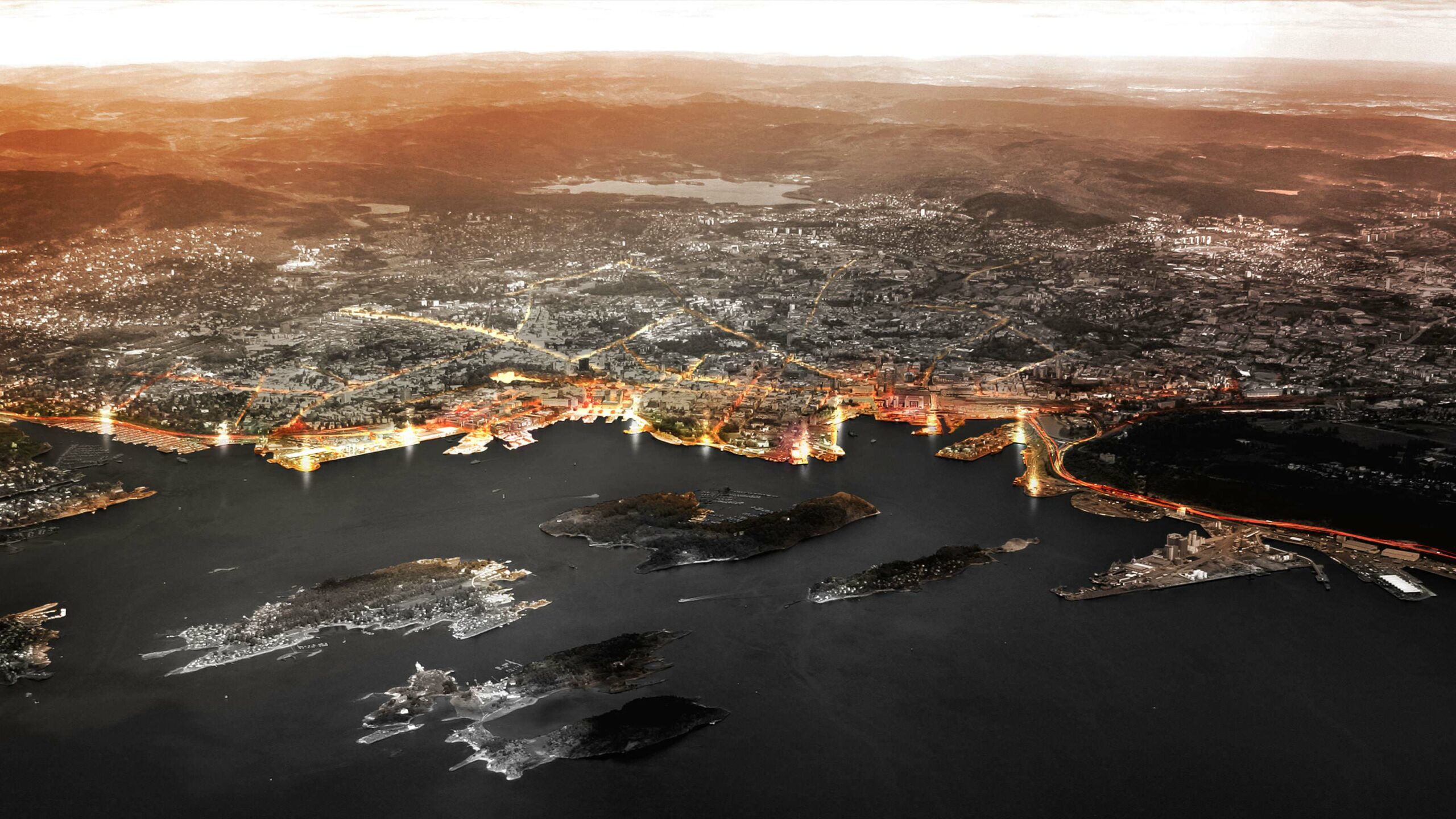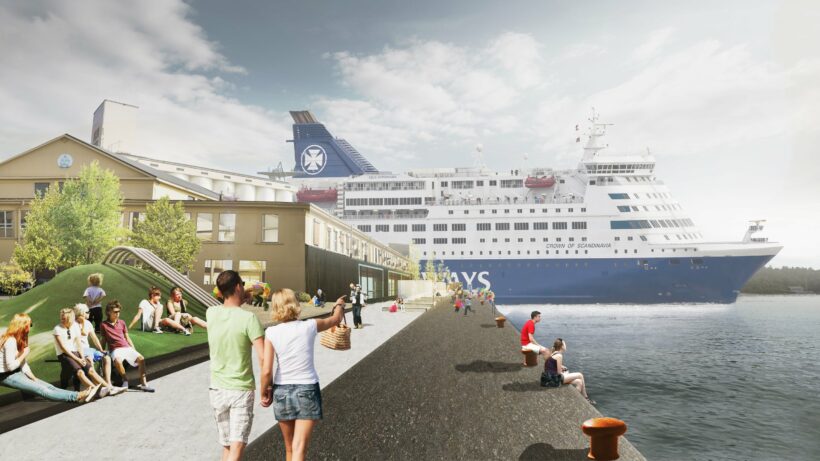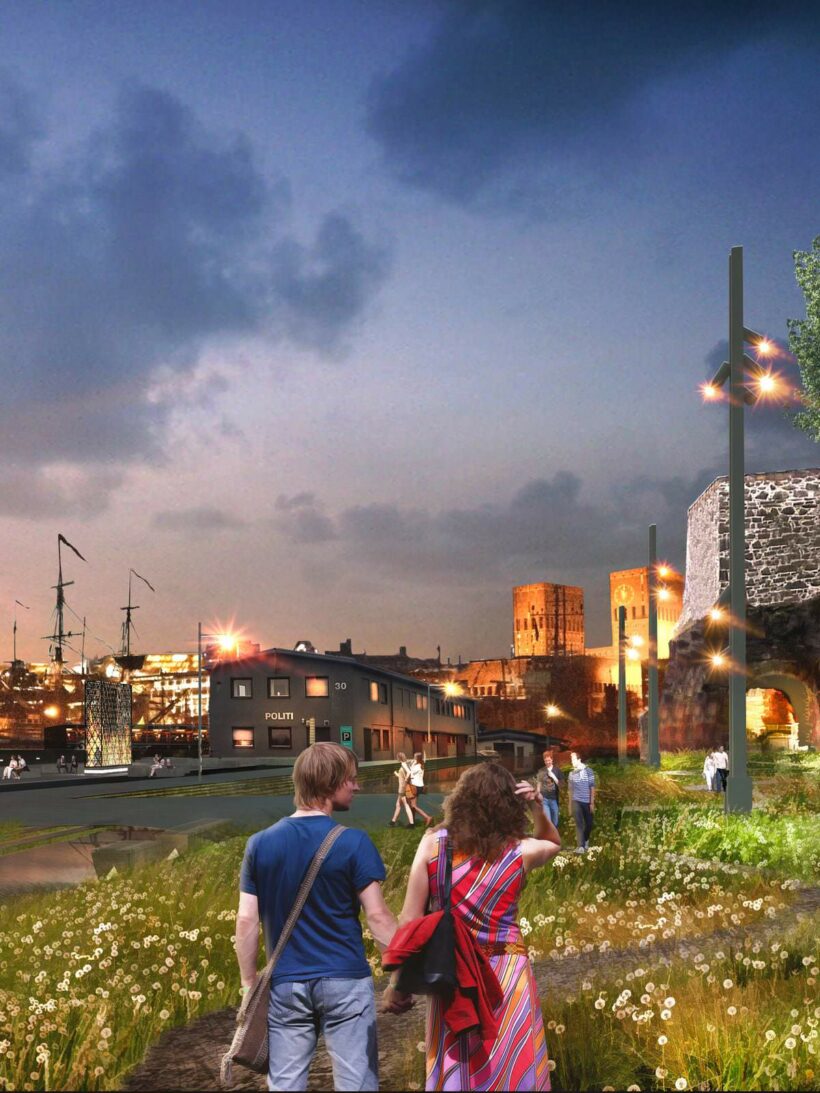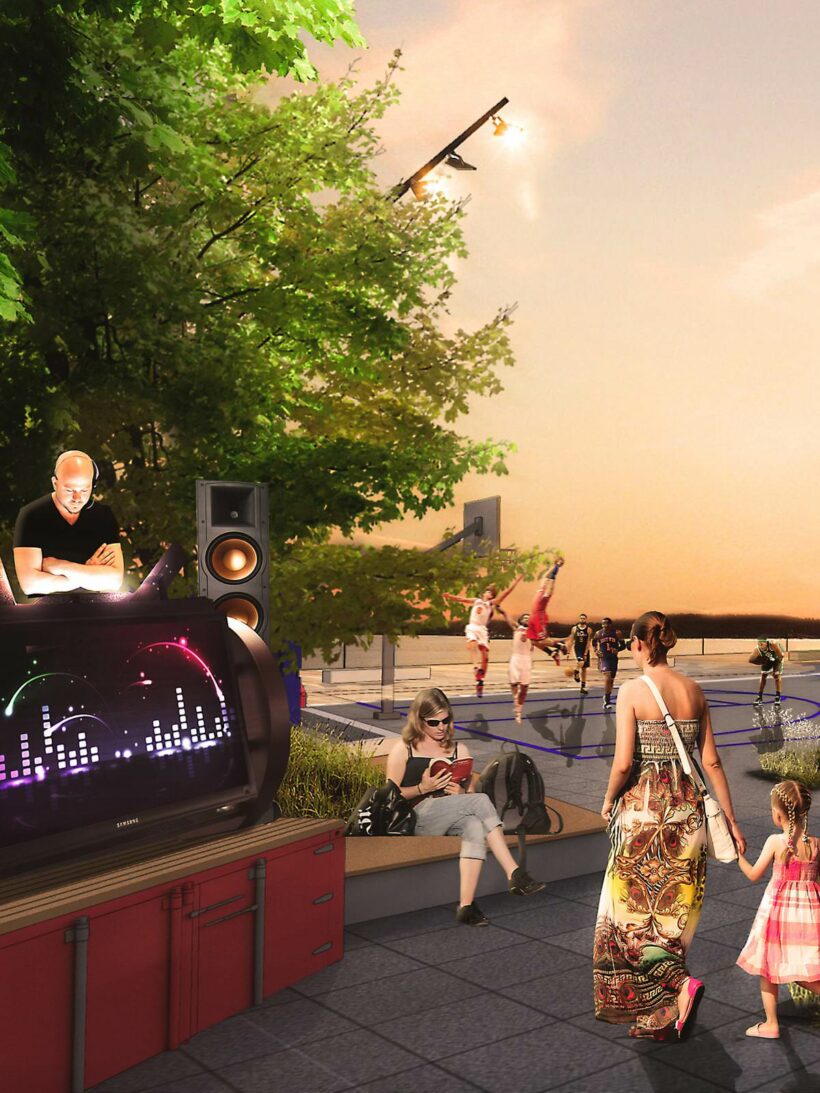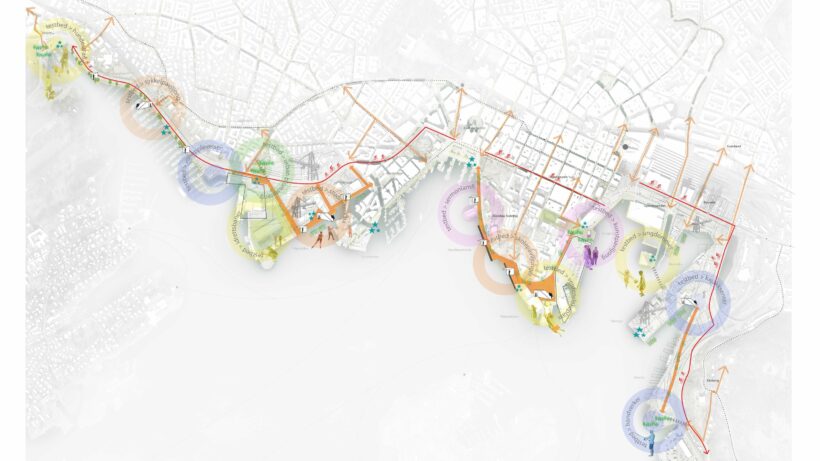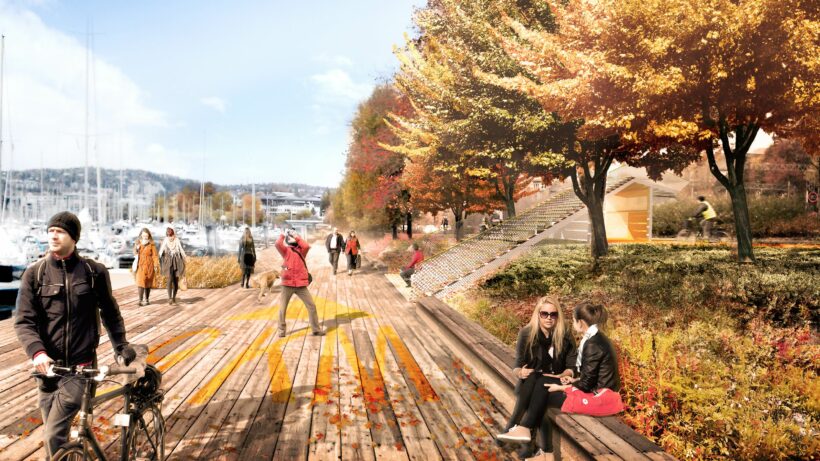Shaping the future of an iconic Norwegian waterfront
The nine kilometre harbour promenade will become one of Oslo’s most significant urban assets; the design solutions implemented today will shape how locals and tourists experience the waterfront in the future. Commissioned by the City of Oslo, a framework was produced that combined short term urban design initiatives with longer term goals. Scenarios were established for the development of two waterfront districts; Akerhusstranda and Frognerstranda; for 2014 and 2030. The promenade links Frognerkilen in the west, with the mouth of River Alna in the east through a continuous public space, fully accessible to all.
